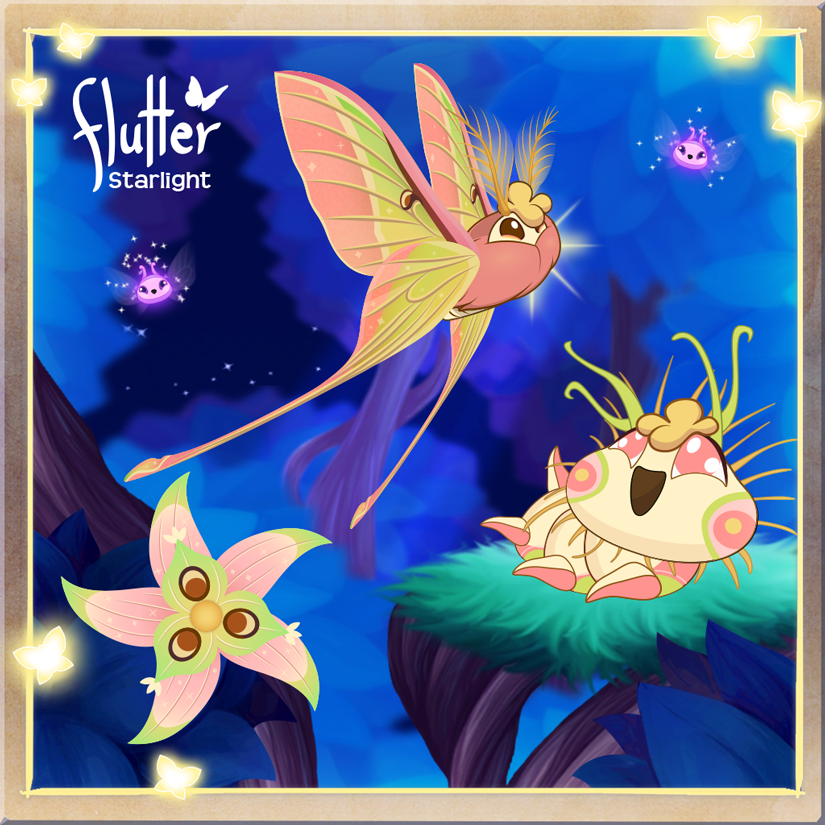

However, cabbage loopers may also attack spinach, lettuce, celery, cucumbers, and tomatoes in the absence of cruciferous plants, as well as strawberries that are planted near leafy greens. True to their name, the larvae feed on cabbage and other members of the brassica family, including kale, broccoli, brussels sprouts, and turnips. This makes them one of the most serious and destructive garden pests, and very hard to get rid of once established. Its appearance is characterized by fine hairs (almost like peach fuzz) that grow on the entire surface of the body.Ĭabbage loopers can grow to be around 4 centimeters (1.5 inches) and they are ferocious feeders, eating plant materials that weigh three times their own body weight. The cabbage looper caterpillar can easily be identified by its distinctive movement: It arches its back or “loops” as it inches along. If you’re unsure whether you’ve come across a black swallowtail caterpillar, you can gently squeeze the front part of the body and see if the osmeterium pops out-but keep in mind this can release an odor.īlack swallowtail larvae feed on carrot tops, parsley, dill, fennel, Queen Anne’s lace, and rue. The osmeterium resembles an orange forked tongue and can be everted (turned inside out) when the caterpillar feels threatened, releasing a foul odor that kind of smells like rancid citrus. The black swallowtail caterpillar has a glandular defense mechanism (called an osmeterium) on its head to protect against predators. These colors grow closer together and meet at the head of the caterpillar. The stripes can also have yellow dots on top of them which makes this species one of the easiest to identify thanks to its striking features. Young caterpillars are black with white saddles, but mature into a bright green color layered with black stripes down the sides. The black swallowtail caterpillar is a species that changes color as it matures. Found in: Southern Canada, most of the eastern and midwestern United States west to the Rocky Mountains, and southwest into Arizona and northern Mexico.Turns into: Black swallowtail butterfly.Bonide Captain Jack’s Dead Bug Brew Garden DustĬommon types of green caterpillars Angle shades moth caterpillar.Safer Brand Bacillus Thuringiensis (B.t.) Concentrate for Caterpillars.Monterey Bacillus Thuringiensis (B.t.) for Organic Gardening.

Recommended products for caterpillar control: Related: Simple Visual Guide: 17 Types of Striped Caterpillars That May Be Eating Your Plantsįor ease of ID, the pictures and descriptions below are of mature caterpillars before they enter pupation. So besides appearance, consider the type of plant it’s crawling or feeding on to help you determine what kind of caterpillar is in your garden. Young caterpillars may be lighter in color or have different markings and other physical characteristics (such as stripes, spikes, or horns) than mature caterpillars, which often turn brown right before they pupate. When identifying a green caterpillar, it’s important to remember that caterpillars go through multiple molts and life stages (known as instars) and may not always look like the pictures below. Rustic sphinx moth caterpillar (hornworm)Ĭaterpillars are the larvae of various species of moths or butterflies.Rough prominent moth caterpillar (green oak caterpillar).Rosy maple caterpillar (green-striped mapleworm).Dragonhead caterpillar (dragon-headed caterpillar).Cabbage white caterpillar (imported cabbageworm).


 0 kommentar(er)
0 kommentar(er)
